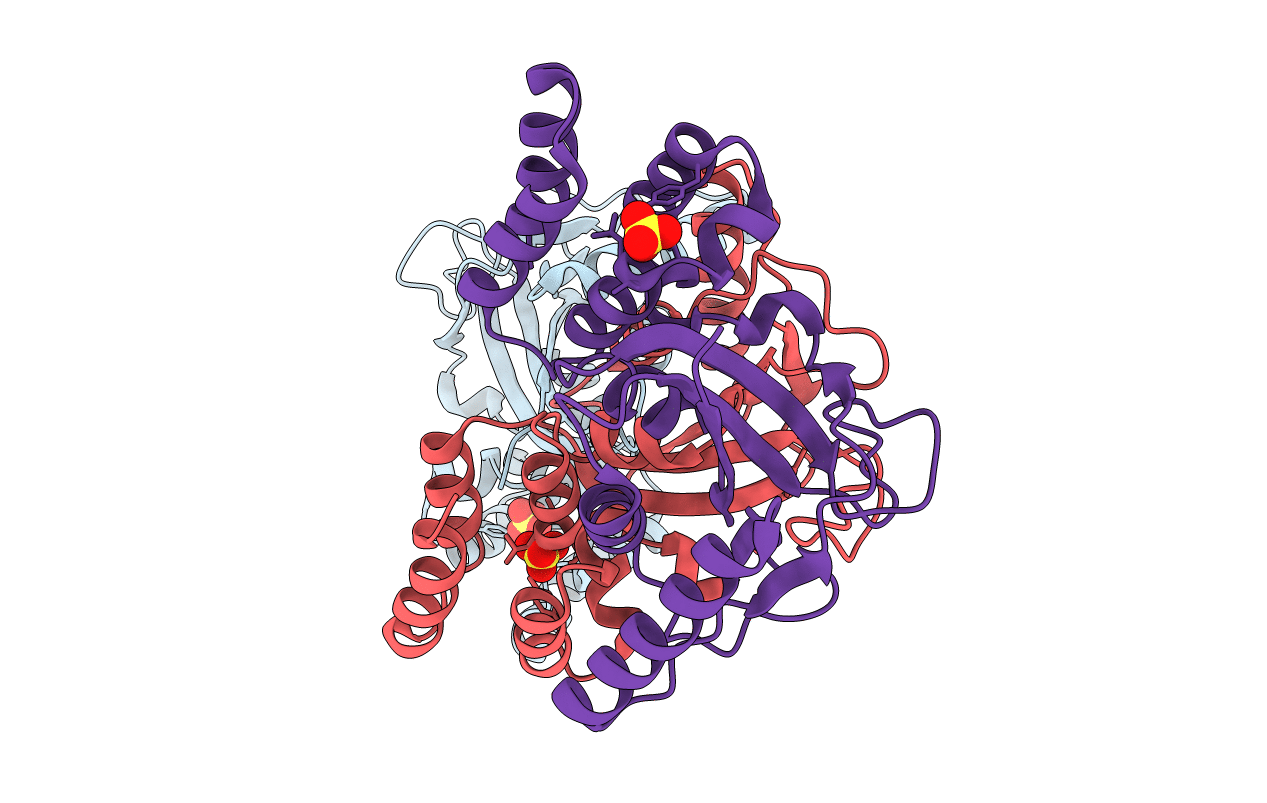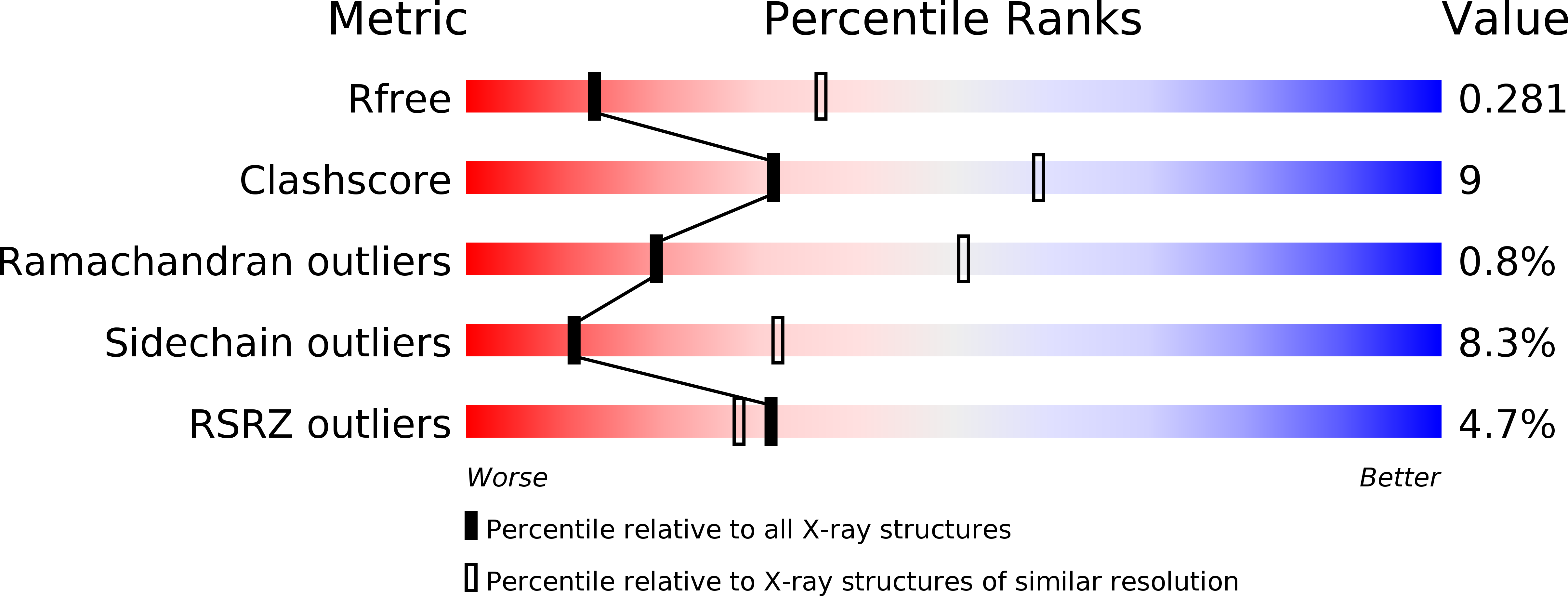
Deposition Date
2014-07-28
Release Date
2015-07-15
Last Version Date
2023-11-08
Entry Detail
PDB ID:
4U66
Keywords:
Title:
Induced Dimer Structure of Methionine Sulfoxide Reductase U16C from Clostridium Oremlandii
Biological Source:
Source Organism:
Alkaliphilus oremlandii OhILAs (Taxon ID: 350688)
Host Organism:
Method Details:
Experimental Method:
Resolution:
2.90 Å
R-Value Free:
0.27
R-Value Work:
0.24
R-Value Observed:
0.25
Space Group:
P 41 21 2


